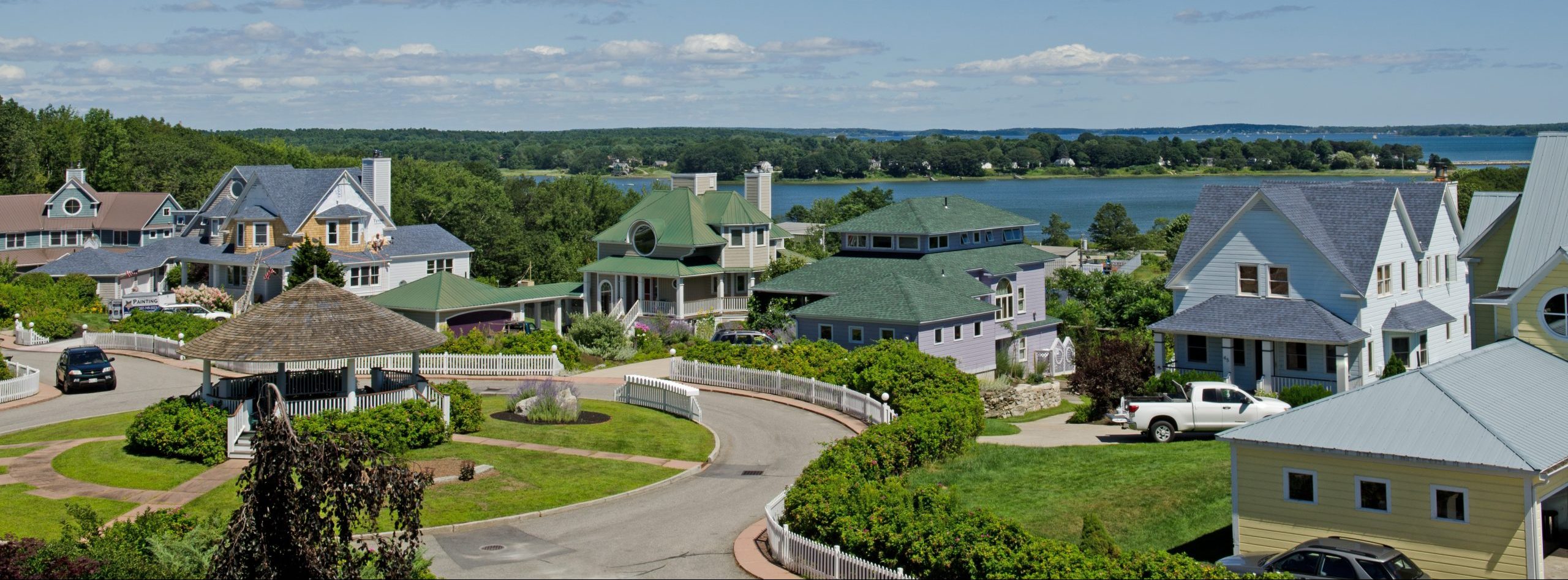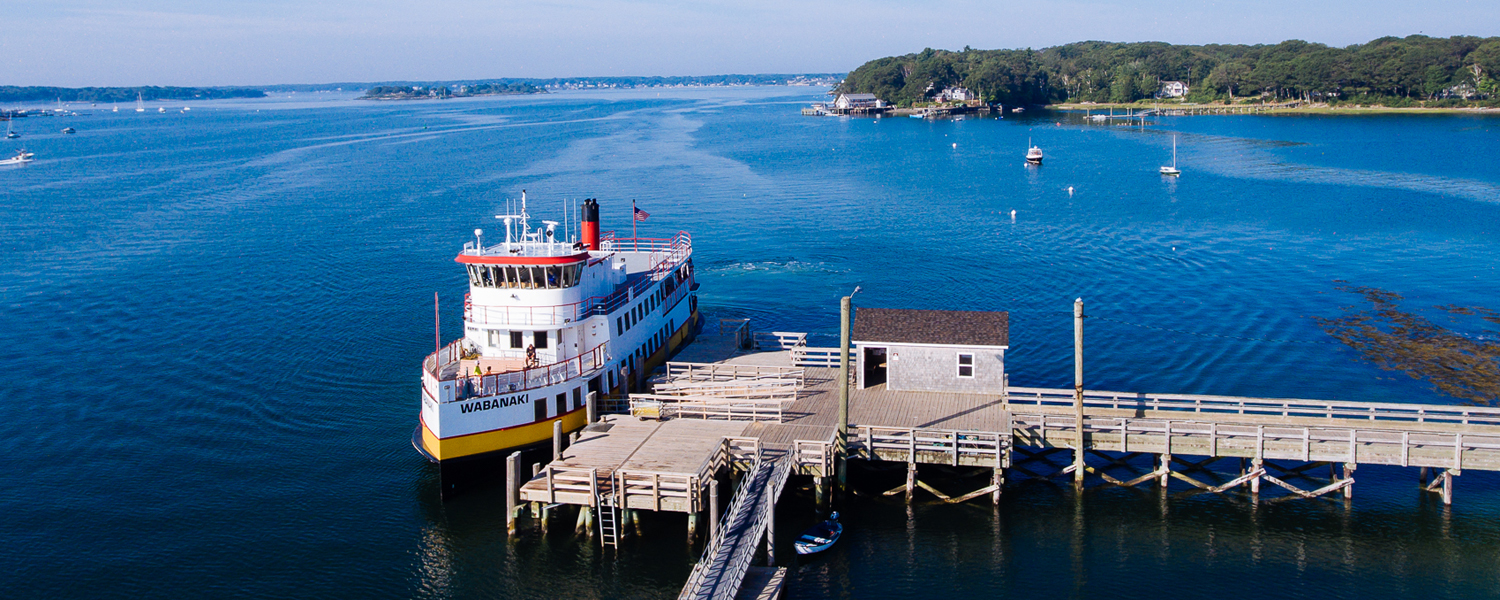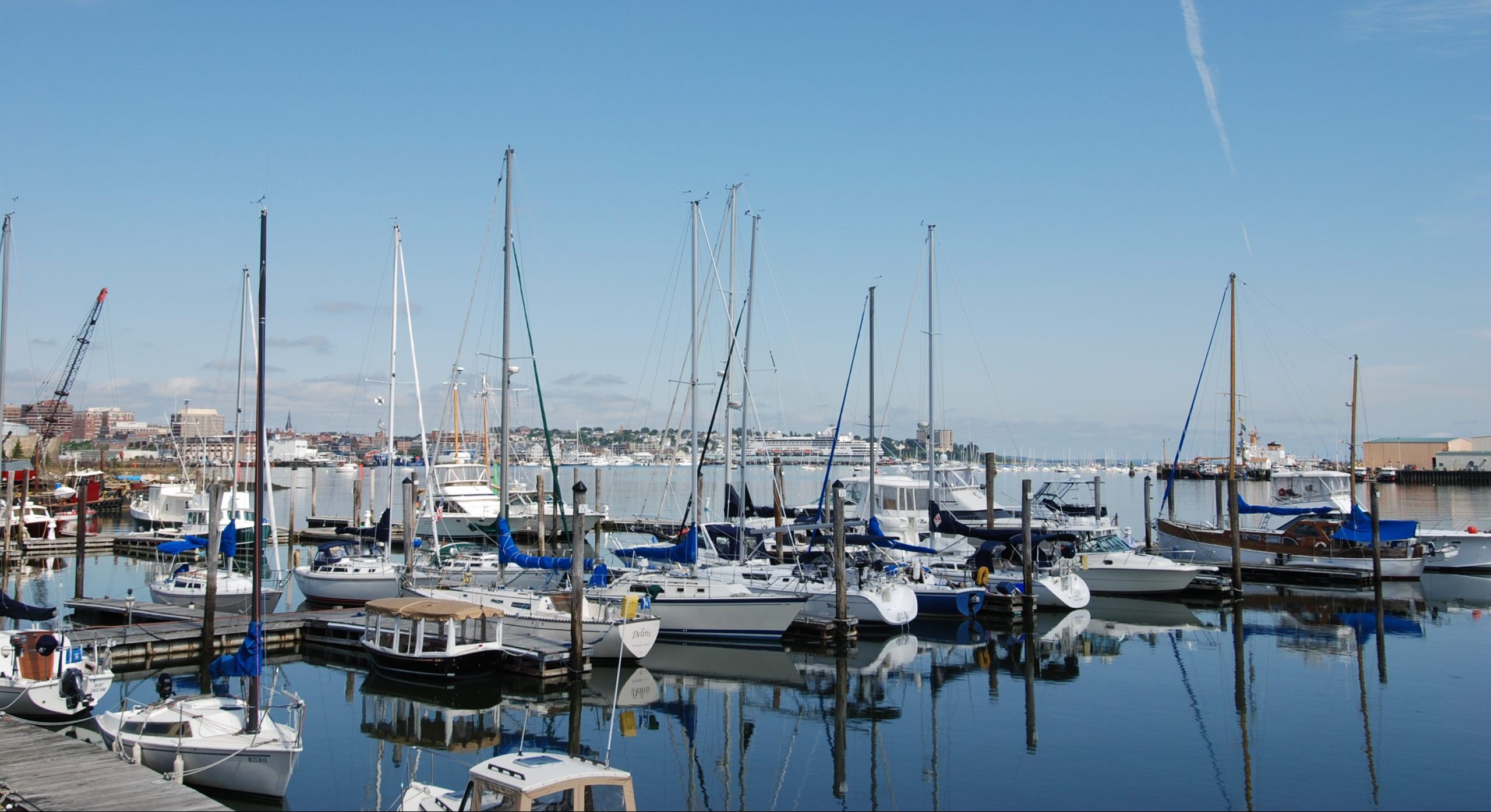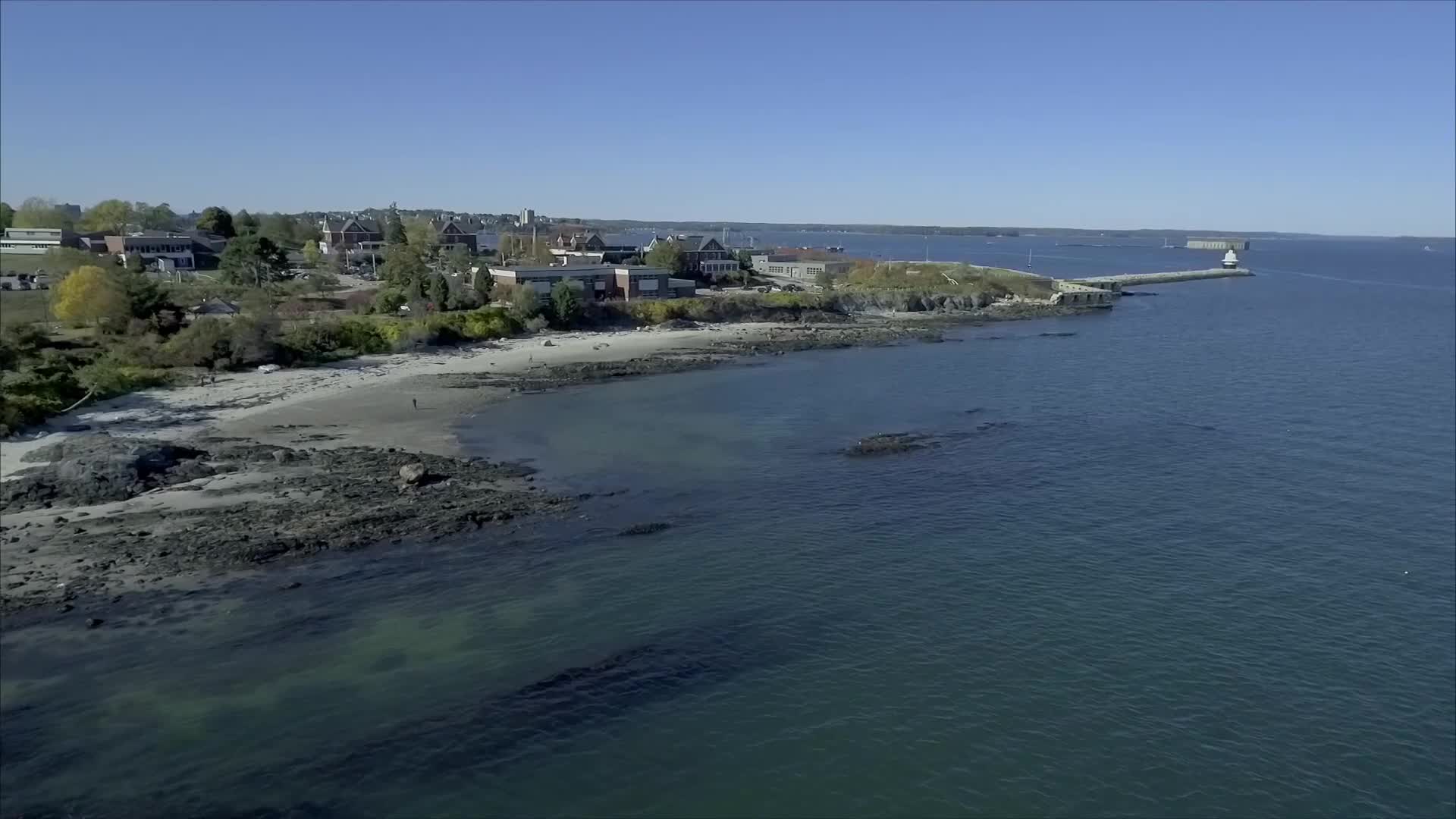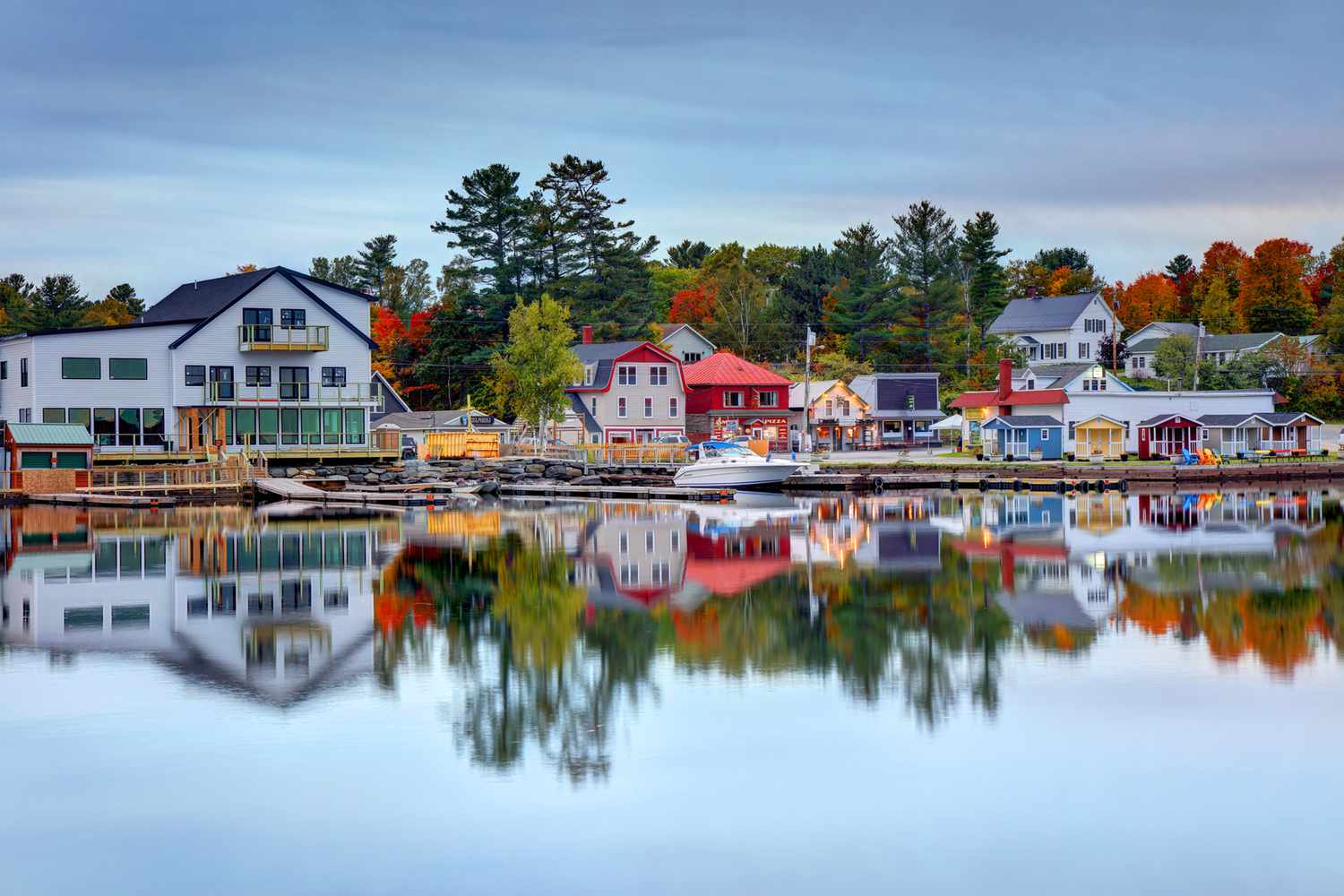Maine History
An interesting past
An interesting past

Before you move anywhere, and especially before you decided to purchase any type of real estate – whether it is your primary residence or a vacation home, getting a “lay of the land” is critical. We hope that we can assist you in that process.
Maine is a unique place and is considered by many to be a frontier state – even though it is in the east. This has always been true. The only exception is that you won’t find a history filled with cowboys, wagon trains and gunslingers. Instead you will find a rich and colorful past filled with very independent people – pioneers and entrepreneurs who built towns and cities and founded businesses so they could live life the way they believed it should be lived.
In 1498, six years after Columbus landed in the West Indies, John Cabot, an Italian sailor in the employ of King Henry VII of England, sailed into North American waters and may well have explored the Maine coast, although there is no concrete evidence of it. A century after Cabot’s voyage, a number of European ships briefly visited the area, some of them putting ashore to make repairs and process fish catches.
Originally settled in 1607 by the Plymouth Company, the coastal areas of eastern Maine first became the Province of Maine in a 1622 land patent. Eastern Maine north of the Kennebec River was more sparsely settled and was known in the 17th century as the Territory of Sagadahock. The province within its current boundaries became part of Massachusetts Bay Colony in 1652. After the defeat of the French in the 1740’s, the territory from the Penobscot River east fell under the nominal authority of the Province of Nova Scotia, and together with present day New Brunswick formed the Nova Scotia county of Sunbury, with its court of general sessions at Campobello.
The precise boundary line between Maine and New Brunswick remained a matter of often-heated argument for years after the close of the Revolutionary War.The dispute festered and smoldered until 1839, when it threatened to erupt into open warfare. The Maine Legislature that year raised funds to support a military force of 10,000 to protect the state’s border claims at Madawaska. Several hundred British regulars were dispatched to the scene from Quebec. At this point the U.S. Congress entered the picture, approving $10 million for military expenses should war break out.
Nearly 50,000 troops were readied for action, and Major General Winfield Scott was dispatched to the scene. Scott managed to work out a temporary agreement between the two parties before the so-called “War of the Aroostook” reached the point of bloodshed.



